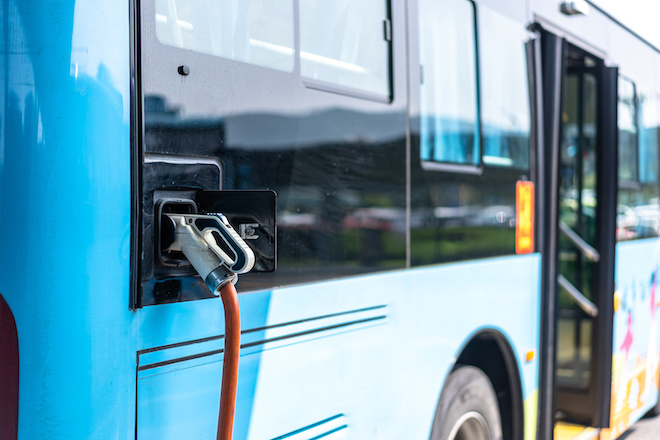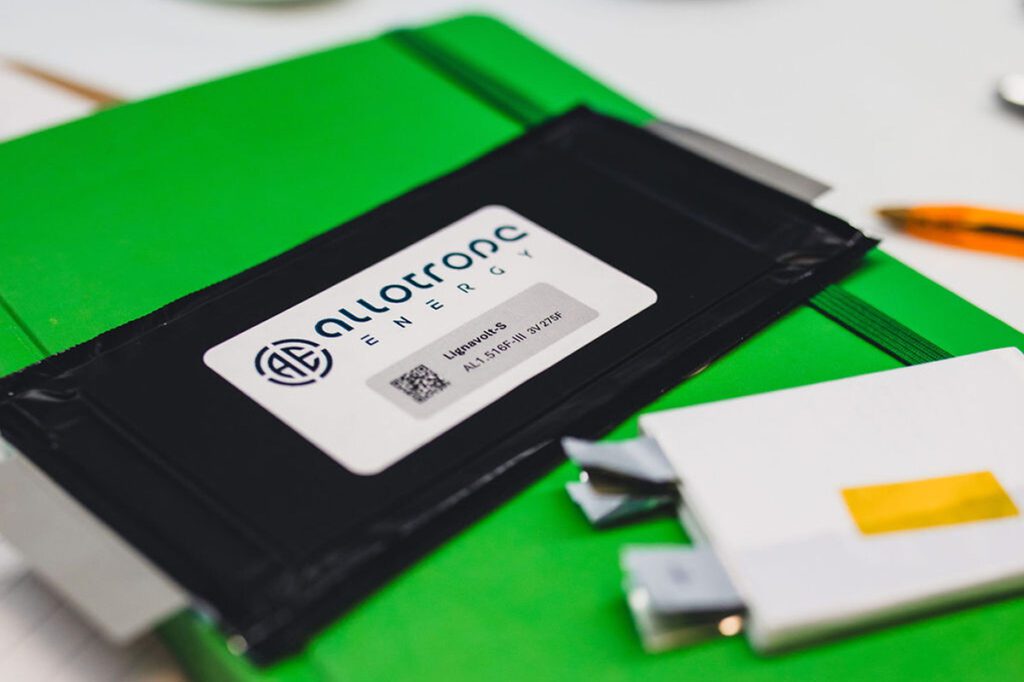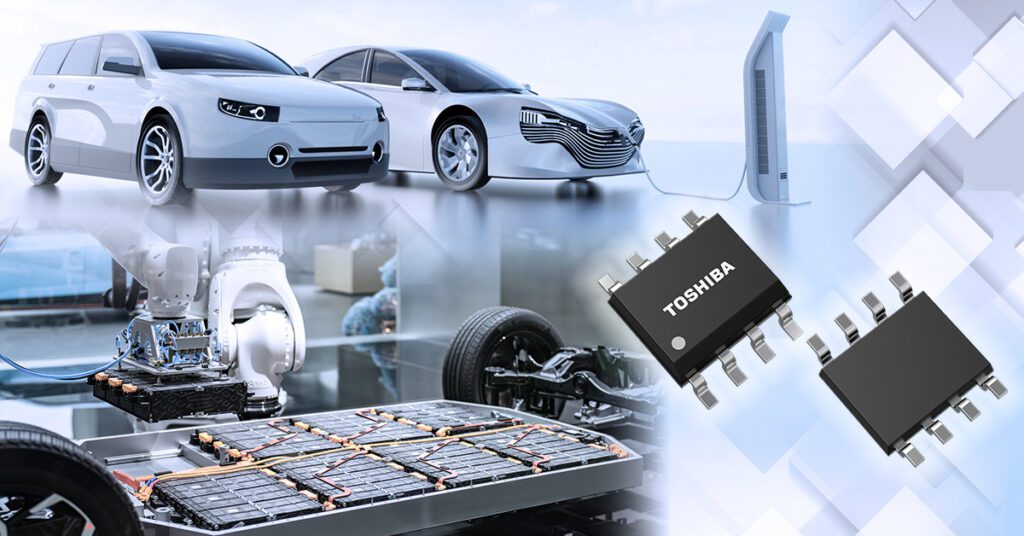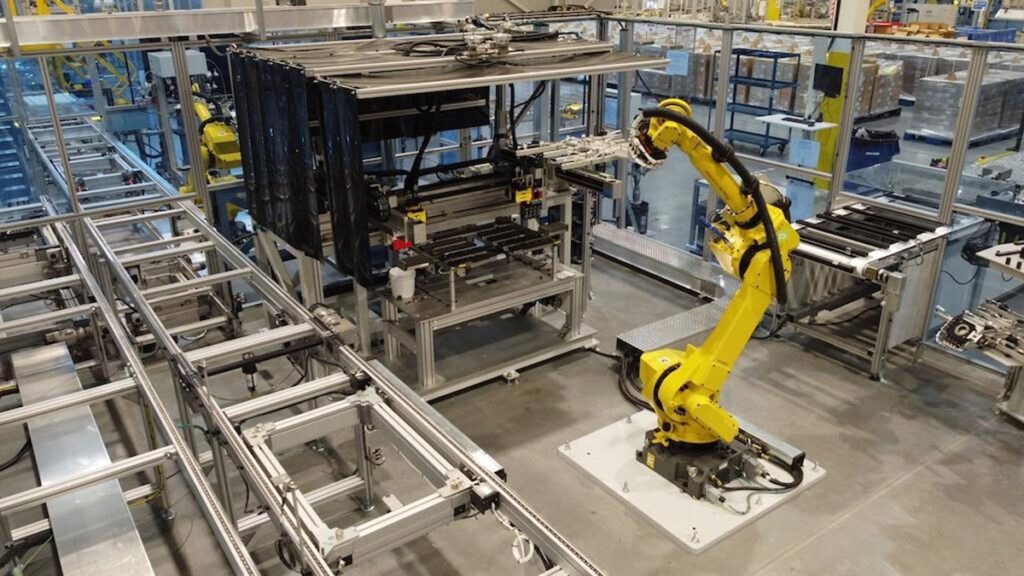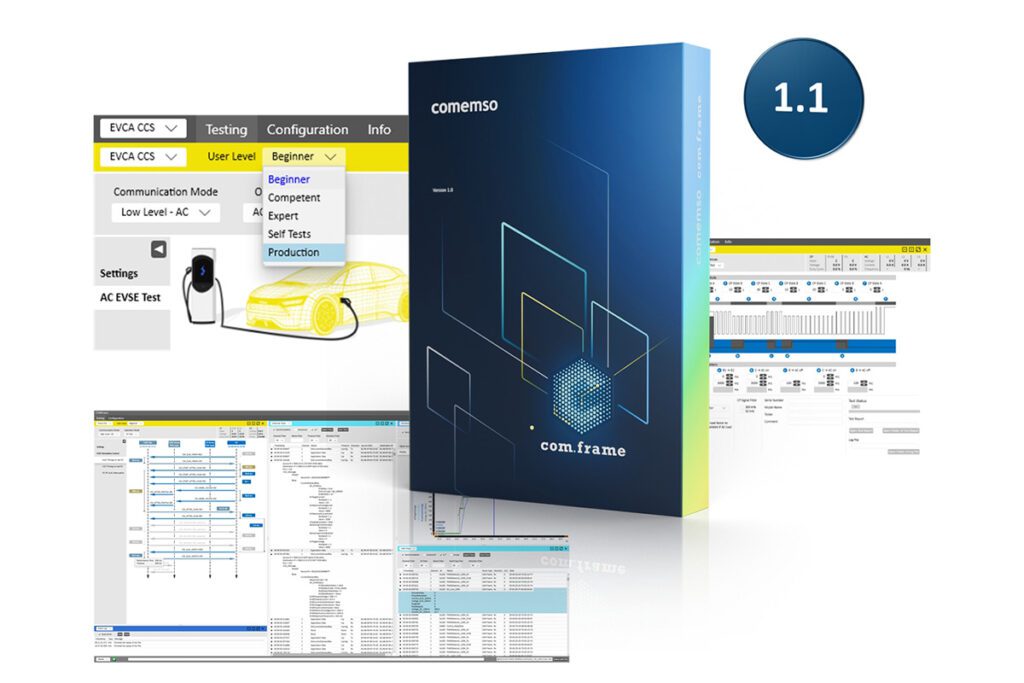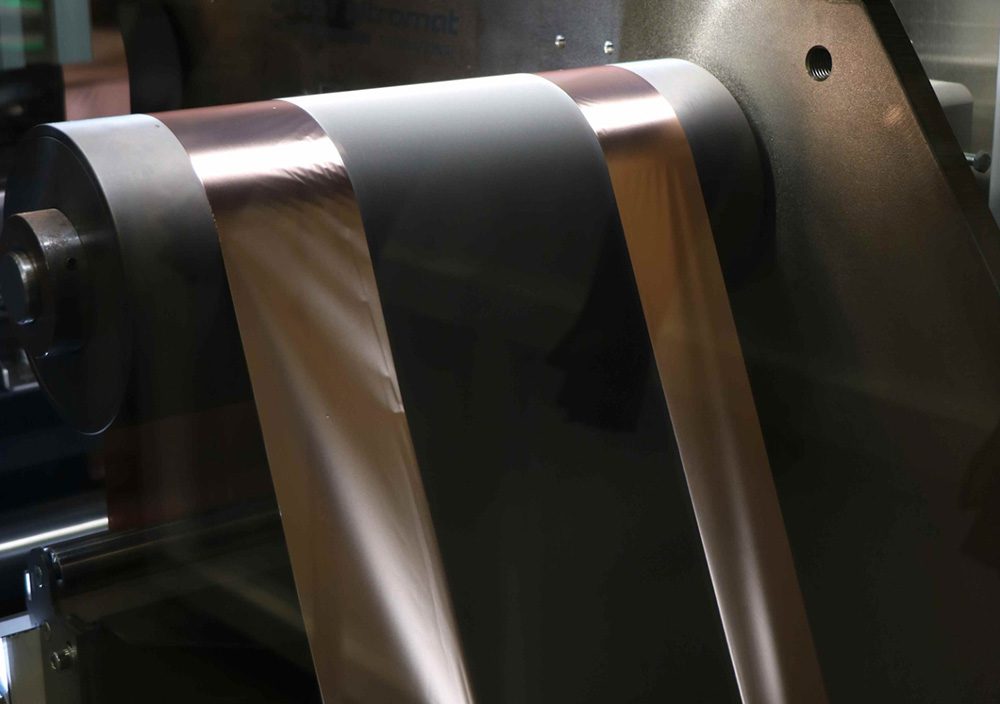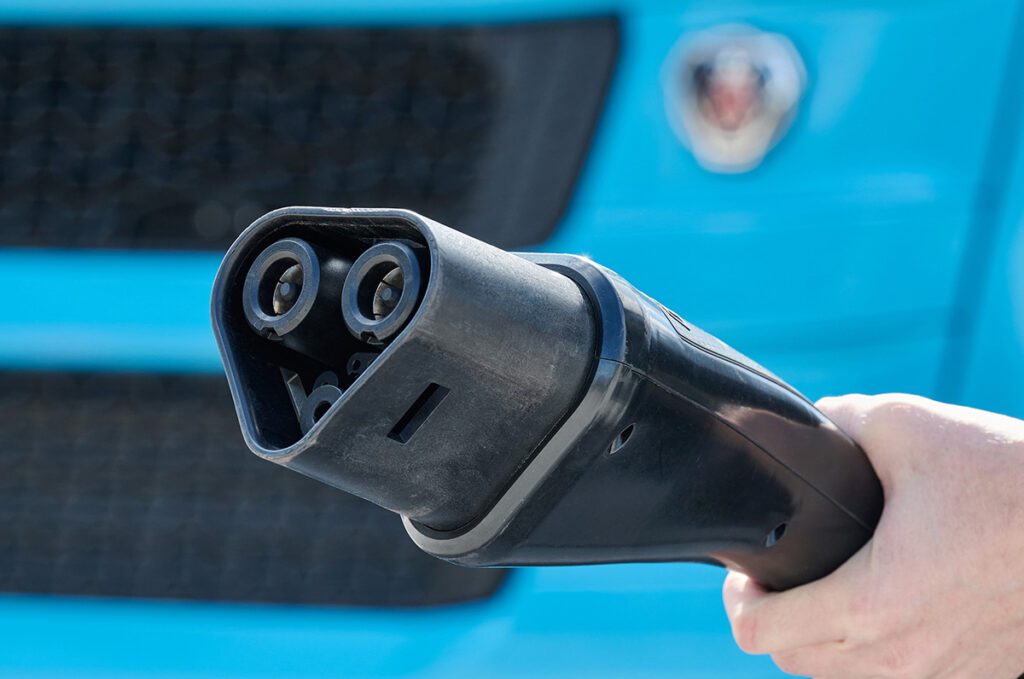The International Energy Agency’s Global EV Outlook is an annual report on the current state of electric mobility around the world. As always, this year’s edition contains many interesting insights about the EV market.
Over 2.1 million plug-in vehicles (pure electric plus plug-in hybrid) were sold globally in 2019—a 40% year-on-year increase over 2018, which was itself a record year. Plug-in cars accounted for about 2.6% of global car sales. The report contains many more such statistics, as well as assessments of the current state of battery technology, and is well worth reading in its entirety. It also features four case studies of electric bus deployments in four very different parts of the world. Let’s look at the case study from Helsinki, Finland.
The Helsinki region has about 1.5 million residents, who make some 370 million journeys on public transport annually. Buses represent the most common means of public transport, accounting for about 13% of trips in the region, which also has trams, a metro, ferries and commuter trains.
The regional public transport authority, Helsinki Region Transport (HSL), plans bus routes, which are operated by public transport operators based on open tenders. The tenders include minimum quotas for electric buses, but the operators have been proposing more electric buses than the minimum required.
HSL awards operation contracts for fast charging infrastructure, also based on open tenders, under a Charging-as-a-Service (CaaS) business model. Helsinki’s buses perform fast charging using a pantograph mounted on the roof. Each fast charging location also has a CCS-type charging cable available as a backup.
Currently there are 48 electric buses from three manufacturers (Linkker, Yutong Bus and VDL Bus & Coach) operating in the region, serving multiple routes alongside diesel buses. 15 of these buses are opportunity charged with five 350 kW fast chargers at a terminal. 13 more e-buses are to begin operations in 2020, and another 132 in 2021. 22 fast chargers (450 kW) in eight locations will be added to the charging infrastructure in 2021, if the operators select opportunity charging as their charging strategy. HSL plans to make 30% of its 1,400-strong bus fleet electric by 2025.
The Helsinki region has seen noticeable reductions in nitrogen oxides, particle matter and carbon dioxide emissions. Both passengers and bus drivers have given positive feedback on ride comfort. The operators have found the e-buses’ energy consumption to be about one fourth that of diesel buses, while maintenance costs and reliability have been found to be roughly equal.
One issue with electric buses that’s specific to cold climates like Helsinki’s has to do with passenger area heating. A fully electric heating system uses a lot of power, limiting the bus’s operating range, but an auxiliary heater generates local emissions. Helsinki’s e-buses are designed to keep the interior above 13° C, and auxiliary biofuel heaters kick in when the ambient temperature drops below -5° C.
Case study #2: electric buses in Santiago, Chile
Source: VTT Research via International Energy Agency







